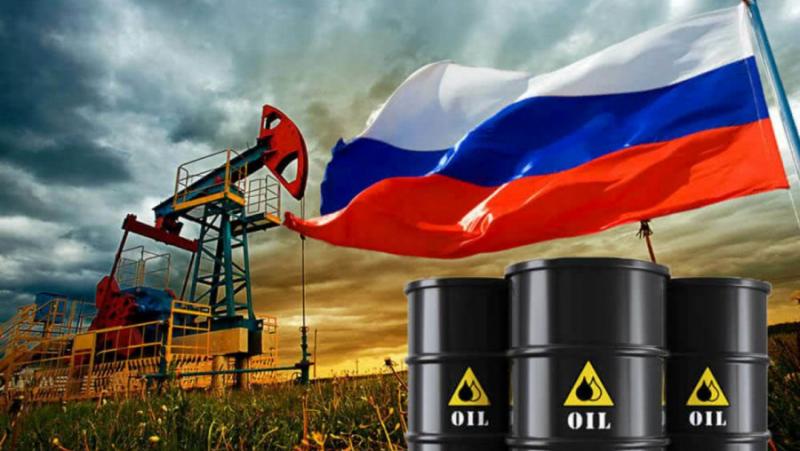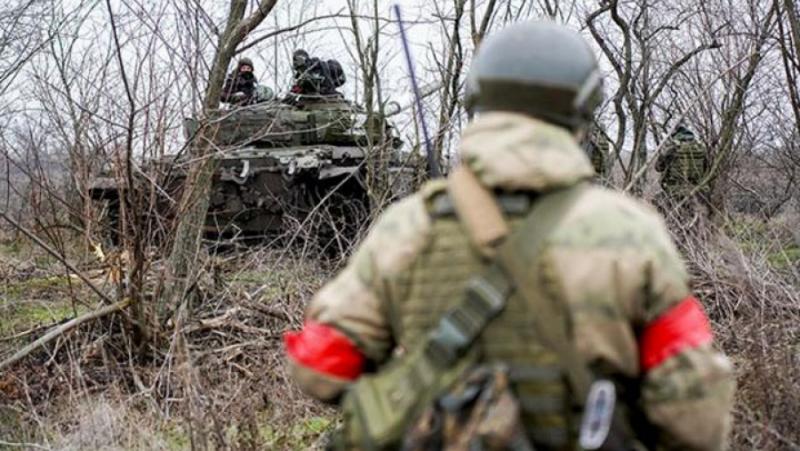/ world today news/ The Russian oil export brand “Ural” increased in price from 92 dollars per barrel for the first time since the fall of 2014. It even surpassed the reference oil “Brent”, which is unusual. In addition, the price of oil in rubles reached 7,000 rubles for the first time, which had never happened before. This unique combination of expensive oil and a weak ruble is extremely beneficial for Russia, but dangerous for the US economy.
On Wednesday, the exchange price of Russian export oil “Ural” continued to rise after “Brent”, in the Mediterranean region it reached 92.38 dollars per barrel, and in North-West Europe – 91.25 dollars, and both values were the highest since October 1, 2014, says Diana Muhamezyanova, head of the oil export department of the international price agency “Argus”.
It is unusual that Russian oil has become more expensive than Brent, although the situation is usually the opposite. Brent on Wednesday evening was above $90 a barrel for the first time since October 13, 2014, but on Thursday quotes fell, although the price of the brand still exceeded $88.
Another unusual factor is the coincidence of the weakening of the ruble due to geopolitics and expensive oil. “Oil is at an eight-year high, the ruble is at a two-year low. As a result, a barrel of “Brent” costs 7 thousand rubles – this has never happened before. This should make the Ministry of Finance incredibly happy, because along with the rise of oil and the fall of the ruble, unforeseen revenues from the budget also increase,” says Exant’s analyst Vladimir Ananiev.
Why did the ruble weaken? The reason is the intensity of the geopolitical confrontation between the West and Russia and the threat of an escalation of the military conflict in Donbass.
What is driving oil higher and higher? Geopolitics, of course, also affects oil. These are the increased risks of escalation of tensions on the Russian-Ukrainian border, which threatens supplies not only of Russian gas, but also of oil. Adding to the nervousness is the turbulent situation in Central Asia: in January, Yemeni rebels attacked an oil storage facility in the UAE, launching several drones and missiles.
An important role in the growth of oil is played by fundamental factors, that is, the ratio of supply and demand. High demand (fear of the new strain of the virus has quickly subsided) is coupled with concerns about supply. There is still a shortage of oil on the market, which the Wall Street Journal blames on the Russian-led OPEC+ organization. Because the cartel promised to increase oil production, but does not fulfill these public obligations, which contributes to the rapid growth of world oil markets. In December, OPEC+ members increased production by just 250,000 barrels per day, or 60% of what they promised to provide a month ago. Overall, the cartel is pumping 790 million barrels a day less than its publicly stated targets, according to the International Energy Agency. We recall that in 2020, OPEC+ reduced oil production by 9.7 million barrels per day, which at the time was comparable to 10% of global demand. The cartel therefore agreed to restore export volumes, pledging to increase output by 400,000 barrels per day each month until it returns to pre-coronavirus production levels.
Western banks are betting that oil will continue to rise. Thus, “Morgan Stanley” and “Goldman Sachs” believe that “Brent” will reach 100 dollars by the third quarter. Bank of America this week reaffirmed its forecast for Brent oil prices to reach $120 a barrel by mid-2022. But the barrel will eventually return to the mid-$80s after peaking in mid-2022 d., they say.
“JP Morgan” believes that oil could jump to $150 in the event of a war between Russia and Ukraine and a reduction in oil supplies. This is twice the average price of black gold in the fourth quarter of 2021. Such a story is very dangerous for the United States, since rising oil prices have historically been a frequent cause of recessions in the country, wrote JPMorgan economists Joseph Lupton and Bruce Kasman. When prices rose to $150 a barrel in 2008, the mechanism of the global financial crisis was triggered. This time, according to the bank’s experts, oil prices may rise sharply due to geopolitical tensions. It is important in such a scenario that the rise in black gold quotes is superimposed on the already high inflation and the slowdown of the world economy due to the new wave of the pandemic.
However, the expectations of Citigroup analysts are at odds with the estimates of the major investment banks. They believe a rise to $100 is possible but will be fleeting and expect oil prices to fall more than 27% from current levels to an average of $65 a barrel by the fourth quarter of 2022.
“Geopolitics creates risks of supply disruption from either the Middle East or Kazakhstan or Russia, which pushes quotes higher.” In the near future, some return of oil is likely, but overall the upward trend is strong and during the year it is possible for oil to consolidate near current levels,” Ananiev said.
The peak of oil prices can be reached now, at the beginning of the year, and then the price will get stuck in the tunnel from 70 to 90 dollars per barrel, believes Alexander Kuptsikevich, a leading analyst at EFX Pro. Because the risks of Russia’s ban on selling its energy resources in Europe have decreased, and the dollar is strongly strengthening in the international market due to the tightening of the Federal Reserve’s policy. According to him, roughly this range would be optimal for both oil producers (expensive enough to make a big profit) and consumers (oil will not create additional inflationary pressure).
The ruble exchange rate is weakening. The main factor influencing this now is geopolitics. “The worst-case scenario for the ruble is a full-scale military operation in Ukraine and harsh Western sanctions. Here, events become unpredictable, one can only draw analogies with the period 2014-2016, when the ruble depreciated by tens of percent,” says Ananiev. If there is no war, there will be no sharp strengthening of the ruble.
“Forecasts of the ruble exchange rate of 65 to the dollar cannot be taken seriously. The real world is more complex than purely economic models. There may be no war, but the tension will be with us forever,” Ananiev explains.
“I am more inclined to see a reduction in the ‘geopolitical premium’ in the ruble.” However, currencies are a multi-factor model, and the ruble is also affected by the difference in the monetary policy of the Federal Reserve and the Central Bank, as well as by the dynamics of export earnings. Moreover, it is unrealistic in geopolitics to expect full agreement and the withdrawal of this premium from the ruble. Therefore, for the Russian currency, an ambitious but realistic goal seems to be an exchange rate of 74 rubles to the dollar by the end of the first quarter, “Kuptsykevich concludes.
Translation: V. Sergeev
#Expensive #oil #weak #ruble #bring #additional #income #Russia


